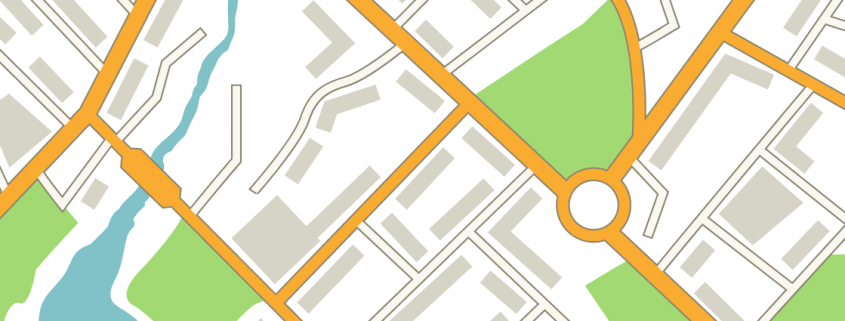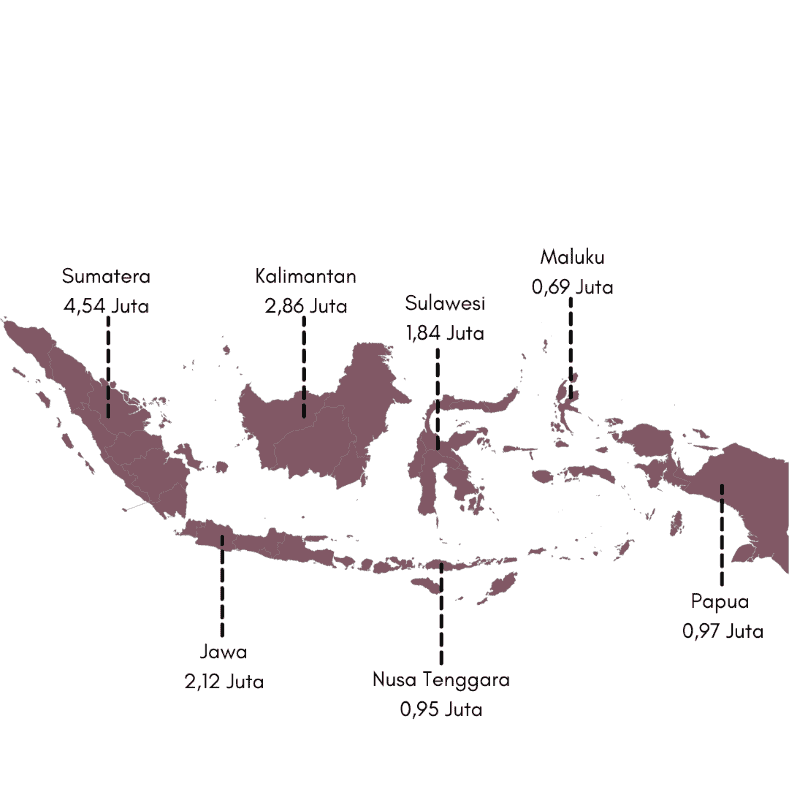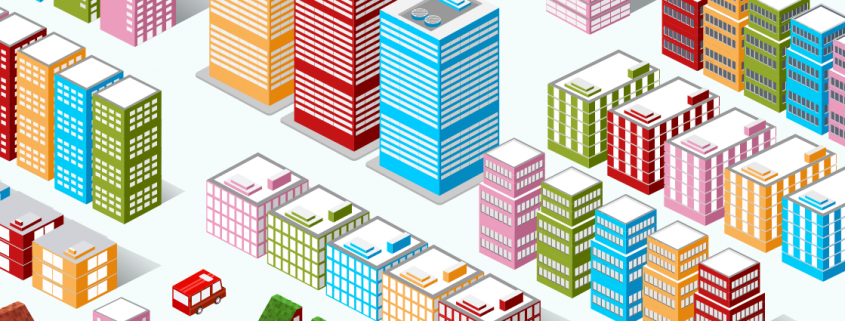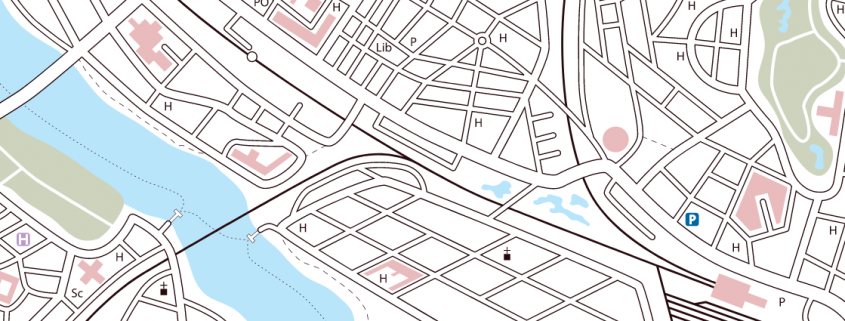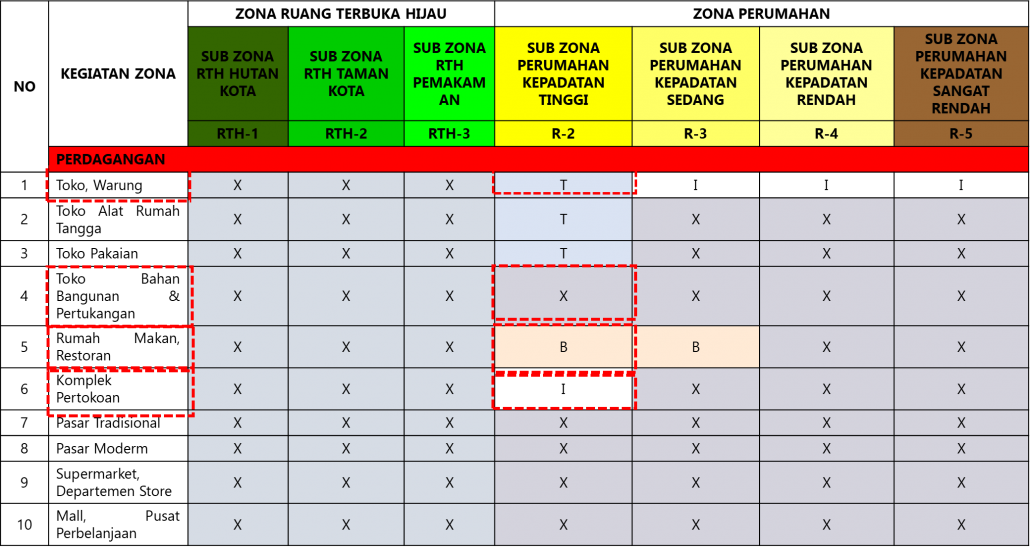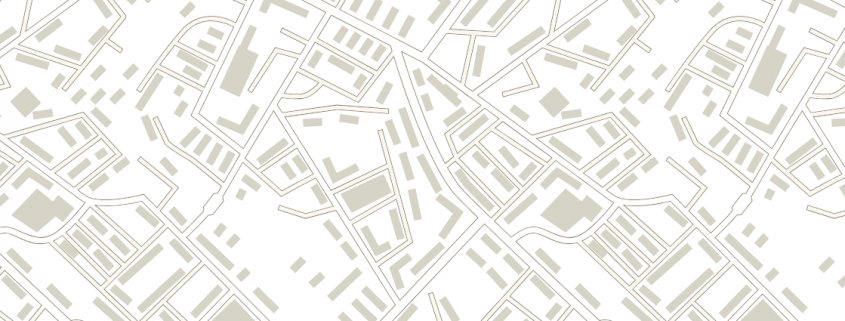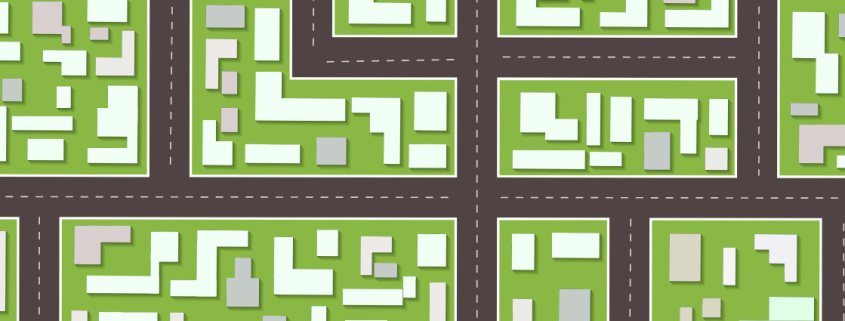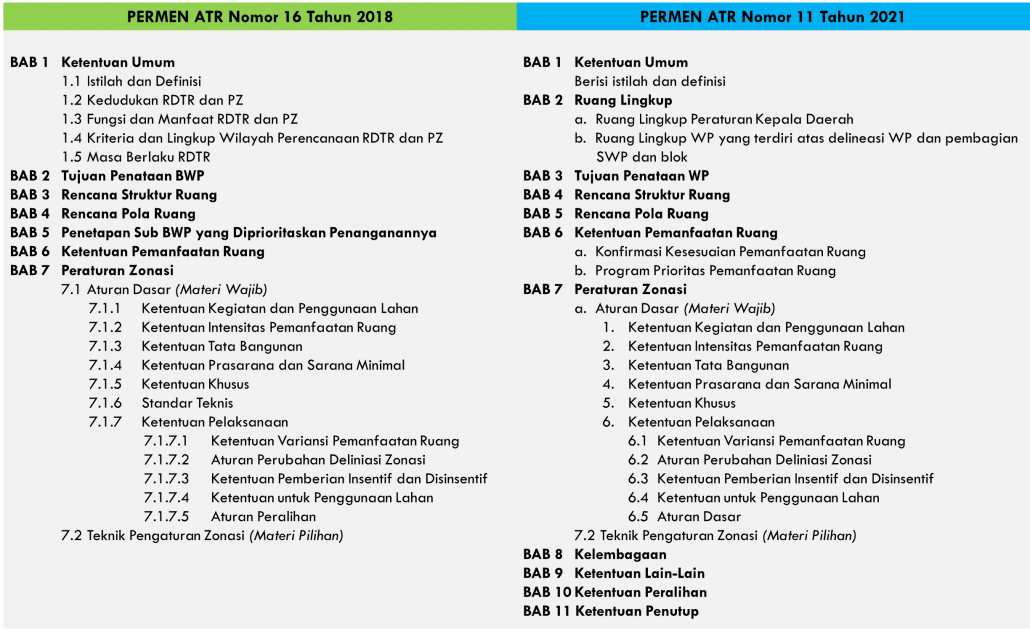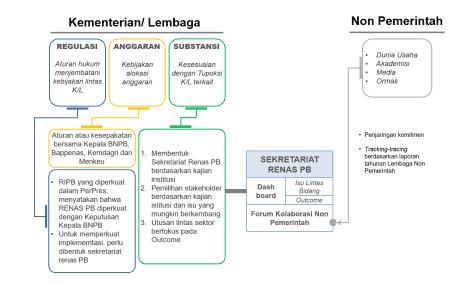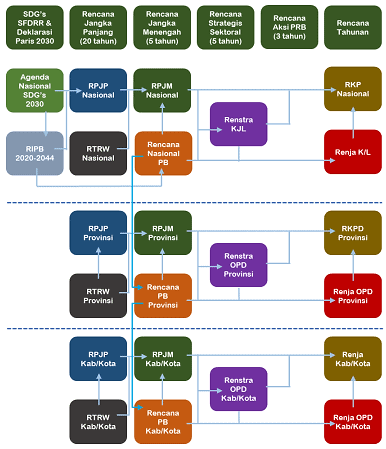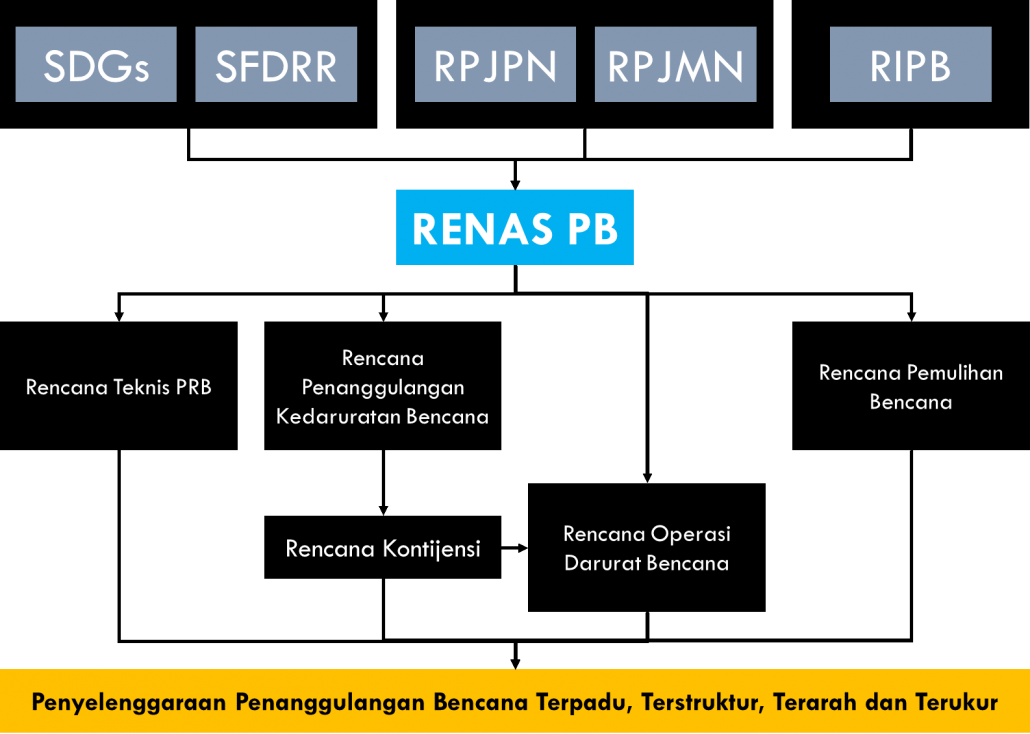Studi Hidrologi: Dasar Pengelolaan Sumber Daya Air dan Mitigasi Bencana
Studi hidrologi merupakan cabang ilmu yang mempelajari pergerakan, distribusi, dan kualitas air di bumi. Hidrologi memainkan peran penting dalam memahami siklus air yang kompleks, yang meliputi presipitasi (curah hujan), aliran permukaan, infiltrasi, aliran bawah tanah, dan evaporasi. Pengetahuan ini tidak hanya penting untuk ilmu pengetahuan, tetapi juga memiliki aplikasi praktis yang luas dalam berbagai sektor, termasuk pengelolaan sumber daya air, mitigasi bencana, dan perencanaan tata ruang.
Peran Penting Hidrologi dalam Pengelolaan Sumber Daya Air
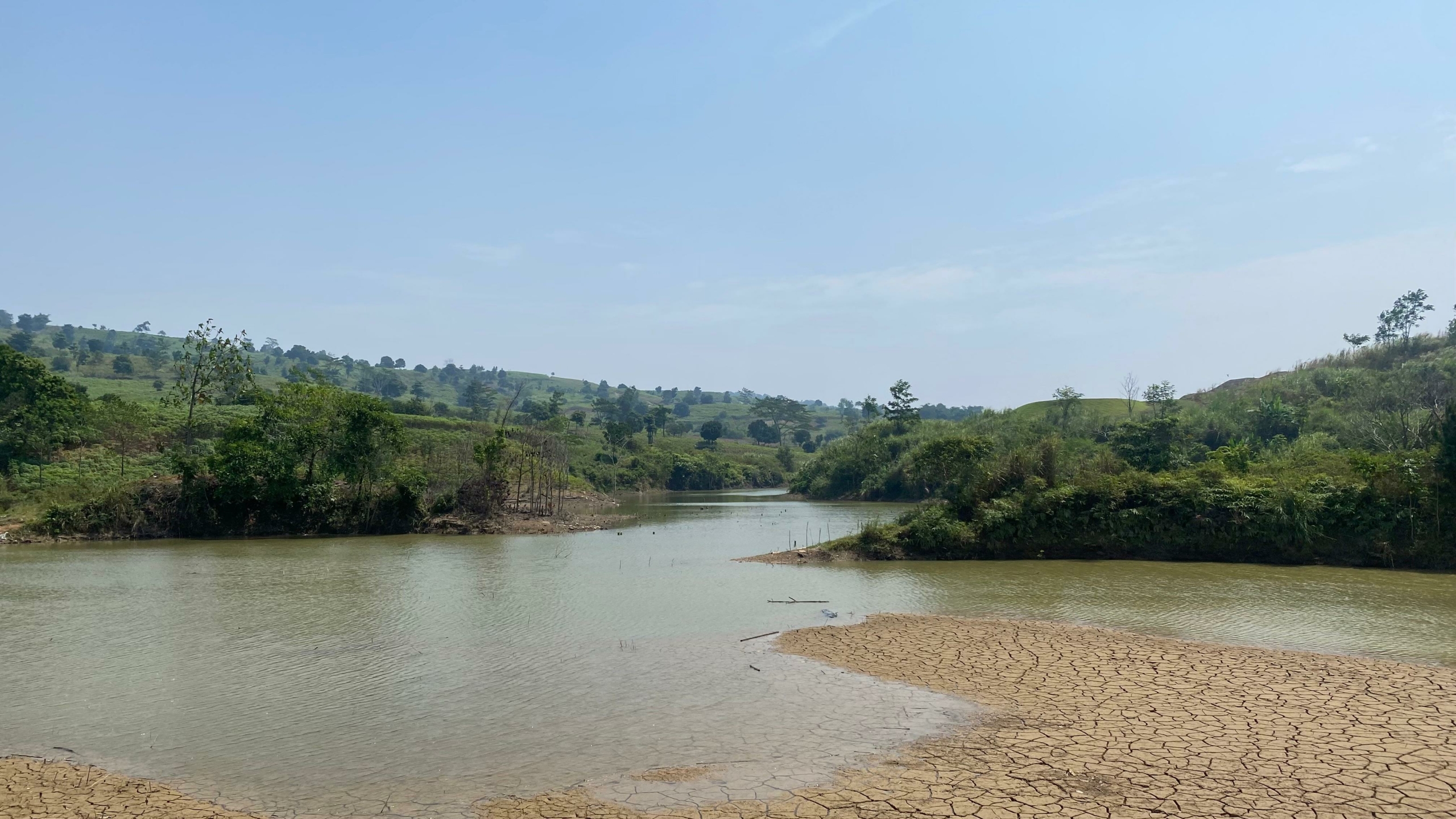
Salah satu manfaat utama dari studi hidrologi adalah kemampuannya untuk mendukung pengelolaan sumber daya air yang efektif. Dengan memahami bagaimana air bergerak dan terdistribusi di alam, para ilmuwan dan pembuat kebijakan dapat merancang strategi yang lebih baik untuk memanfaatkan sumber daya air secara berkelanjutan. Studi hidrologi membantu menentukan ketersediaan air di suatu daerah, mengidentifikasi potensi risiko kekeringan, dan merencanakan penggunaan air yang efisien untuk berbagai kebutuhan, seperti pertanian, industri, dan kebutuhan rumah tangga.
Selain itu, studi hidrologi juga penting untuk menjaga kualitas air. Dalam banyak kasus, pencemaran air berasal dari aktivitas manusia seperti industri, pertanian, dan urbanisasi. Studi hidrologi memungkinkan pemantauan kondisi air dan memberikan informasi yang diperlukan untuk upaya pencegahan dan pemulihan. Dengan demikian, hidrologi berperan dalam melindungi kesehatan masyarakat dan lingkungan.
Mitigasi Bencana melalui Studi Hidrologi
Bencana alam seperti banjir dan kekeringan merupakan tantangan besar bagi banyak negara, terutama di daerah yang rentan terhadap fluktuasi cuaca ekstrem. Studi hidrologi memberikan dasar ilmiah untuk memahami dan memitigasi risiko-risiko ini. Melalui analisis data historis dan model simulasi, para ahli hidrologi dapat memprediksi pola banjir dan kekeringan, serta merancang infrastruktur yang dapat mengurangi dampaknya.
Misalnya, sistem peringatan dini untuk banjir bergantung pada pemantauan hidrologi yang tepat. Dengan teknologi modern, seperti sensor aliran sungai dan satelit pemantau cuaca, studi hidrologi dapat menyediakan data real-time yang membantu pemerintah dan masyarakat mengambil tindakan cepat dalam menghadapi ancaman bencana.
Penerapan dalam Perencanaan Tata Ruang dan Infrastruktur

Dalam konteks perencanaan tata ruang, studi hidrologi membantu menentukan lokasi yang paling aman untuk pembangunan infrastruktur dan permukiman. Daerah yang rawan banjir atau memiliki tingkat infiltrasi rendah mungkin tidak cocok untuk pembangunan. Dengan demikian, hidrologi berperan dalam mencegah kerugian ekonomi dan sosial akibat bencana, serta memastikan pembangunan yang berkelanjutan.
Selain itu, perencanaan dan pembangunan infrastruktur seperti bendungan, waduk, dan sistem irigasi juga memerlukan studi hidrologi yang mendalam. Informasi mengenai aliran sungai, curah hujan, dan siklus air sangat penting untuk memastikan bahwa infrastruktur tersebut dapat berfungsi dengan baik dan bertahan lama.
Adaptasi terhadap Perubahan Iklim
Perubahan iklim membawa tantangan baru dalam pengelolaan sumber daya air. Perubahan pola curah hujan, peningkatan suhu, dan peristiwa cuaca ekstrem dapat mempengaruhi siklus hidrologi secara signifikan. Studi hidrologi membantu kita memahami dampak dari perubahan iklim ini dan merancang strategi adaptasi yang diperlukan. Dengan memprediksi potensi perubahan dalam aliran sungai dan ketersediaan air, kita dapat lebih siap dalam menghadapi dampak-dampak tersebut.
Penutup
Studi hidrologi adalah fondasi penting bagi banyak aspek kehidupan modern, mulai dari pengelolaan sumber daya air hingga mitigasi bencana dan perencanaan tata ruang. Dengan pemahaman yang lebih baik tentang siklus air dan dinamika hidrologi, kita dapat membuat keputusan yang lebih baik untuk melindungi lingkungan, meningkatkan ketahanan terhadap bencana, dan memastikan bahwa sumber daya air dikelola secara berkelanjutan untuk generasi mendatang. PT Kreasi Handal Selaras berpengalaman untuk membuat studi hidrologi dalam rangka pemenuhan kelengkapan perizinan perumahan atau kawasan yang akan dibangun lainnya.
Referensi:
repository.penerbiteureka.com/media/publications/565032-hidrologi-edisi-banjir-rancangan-2ff8d3ee.pdf
View of STUDI HIDROLOGI SUNGAI DISKI KECAMATAN HAMPARAN PERAK KABUPATEN DELI SERDANG (STUDI KASUS) (uhn.ac.id)







